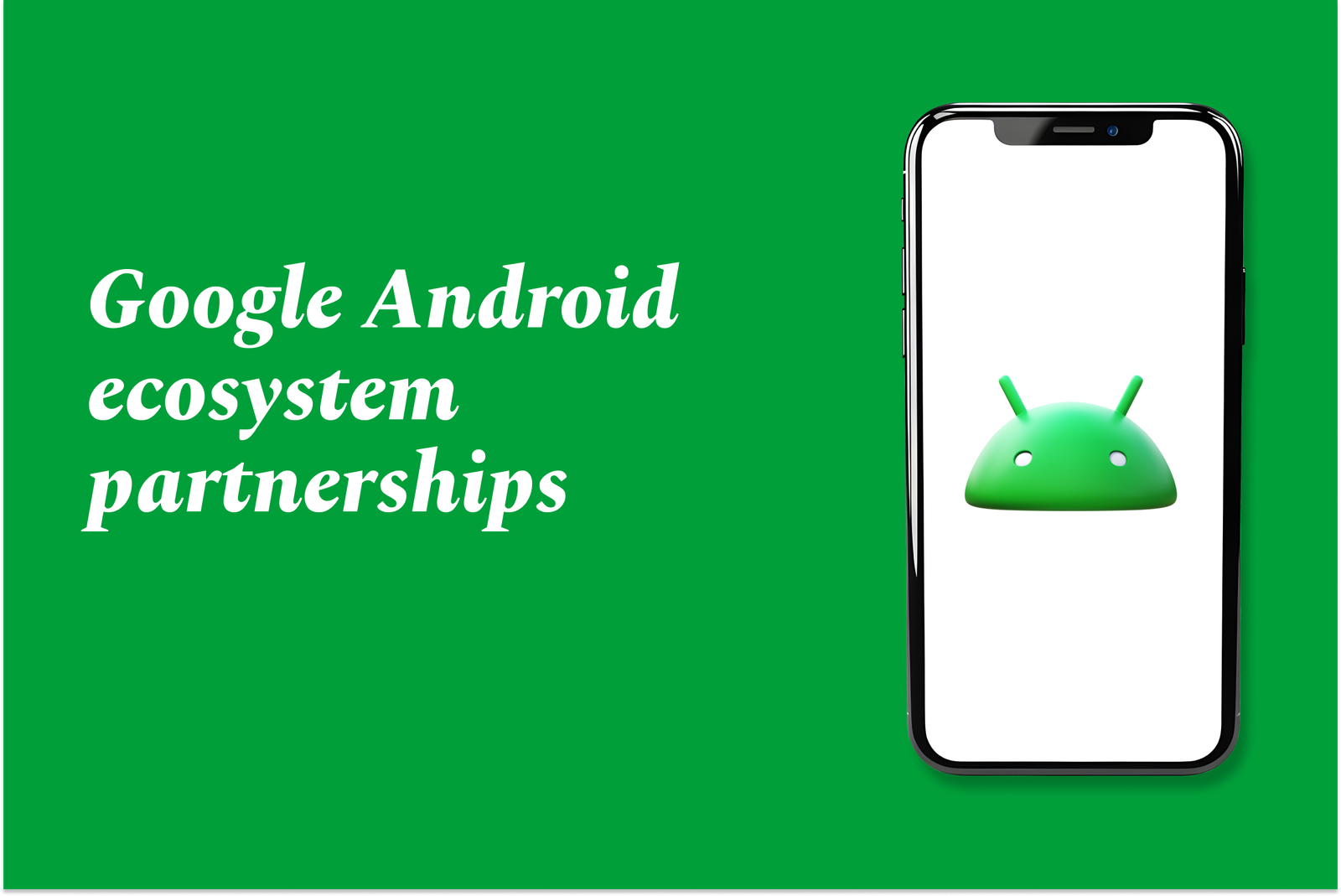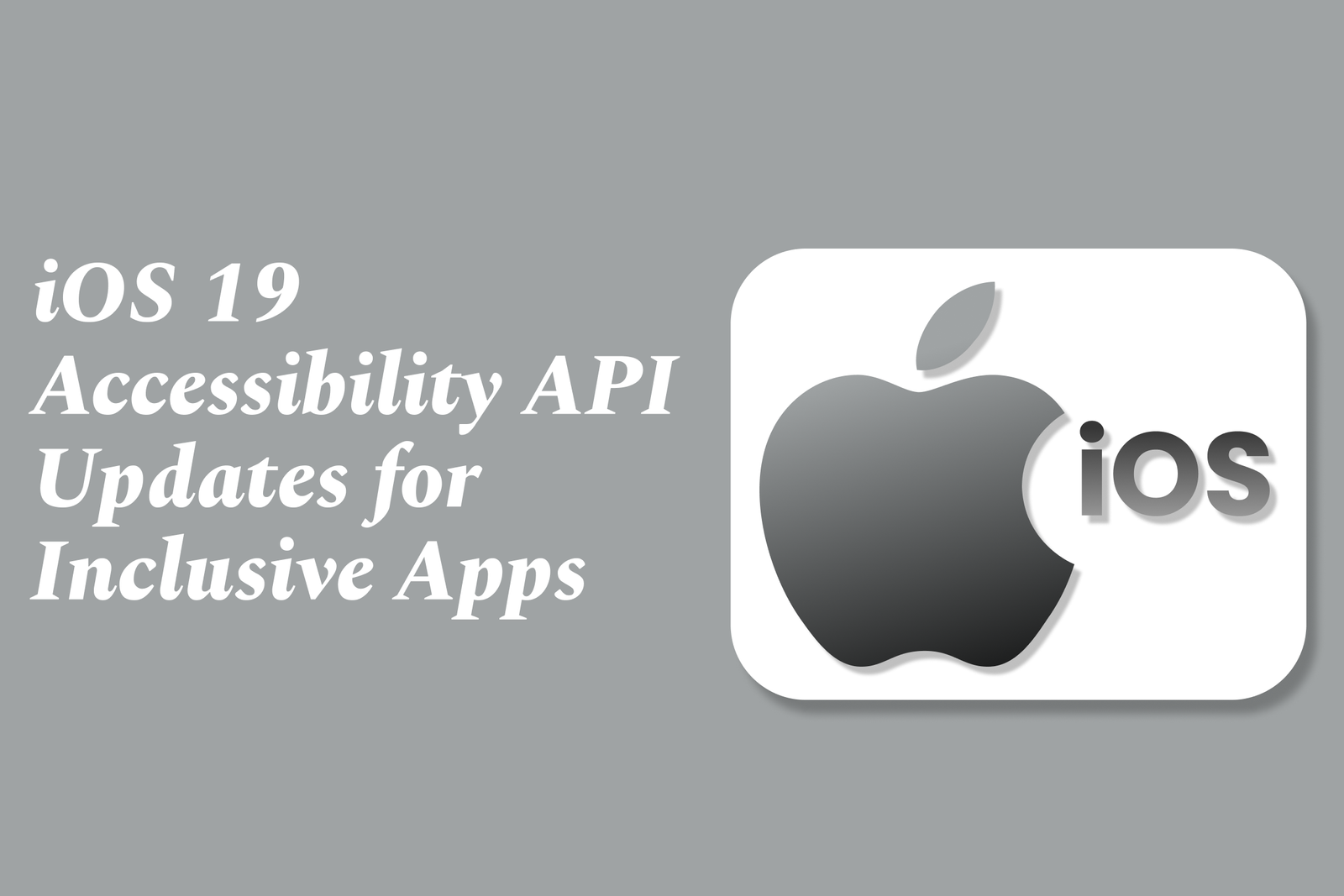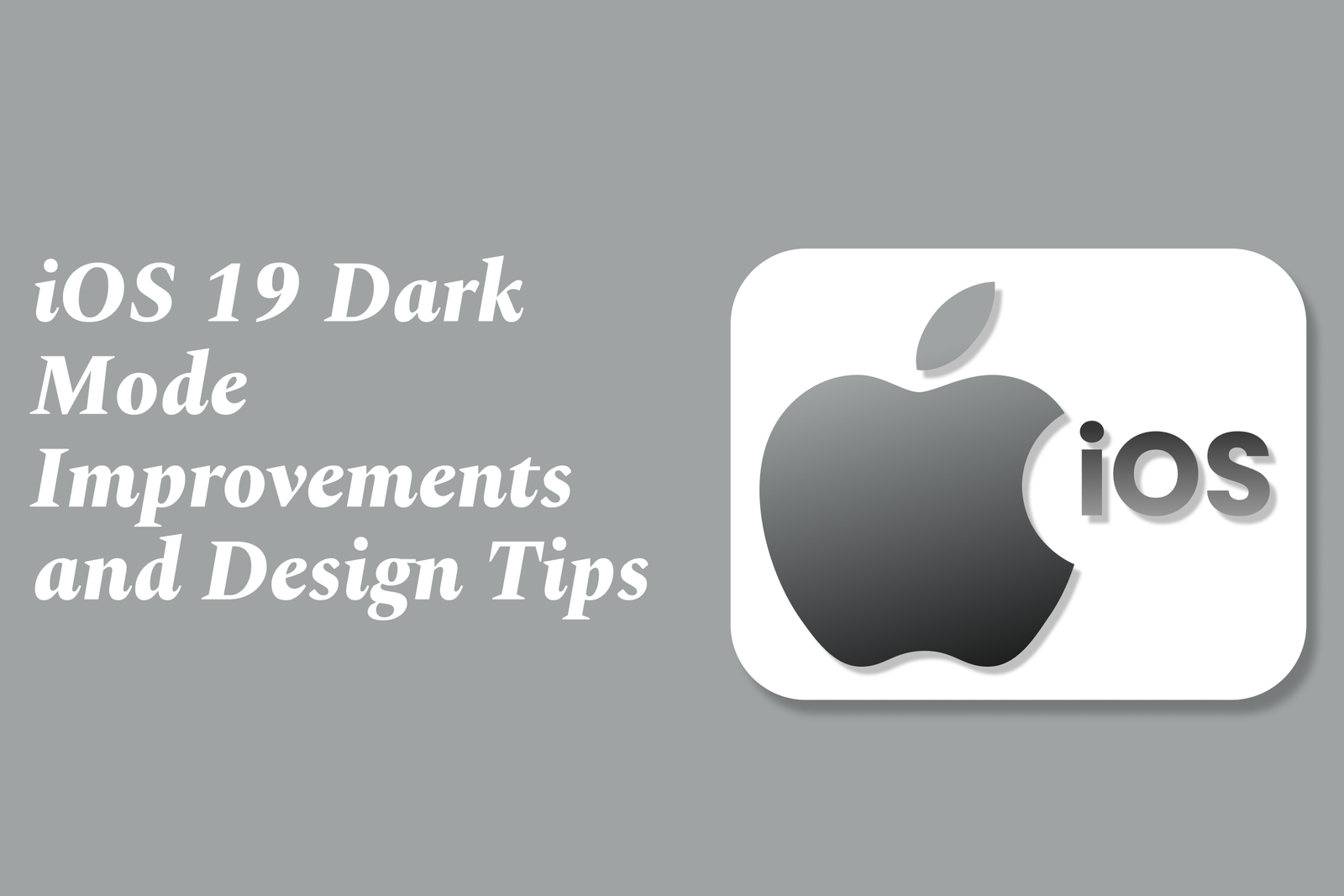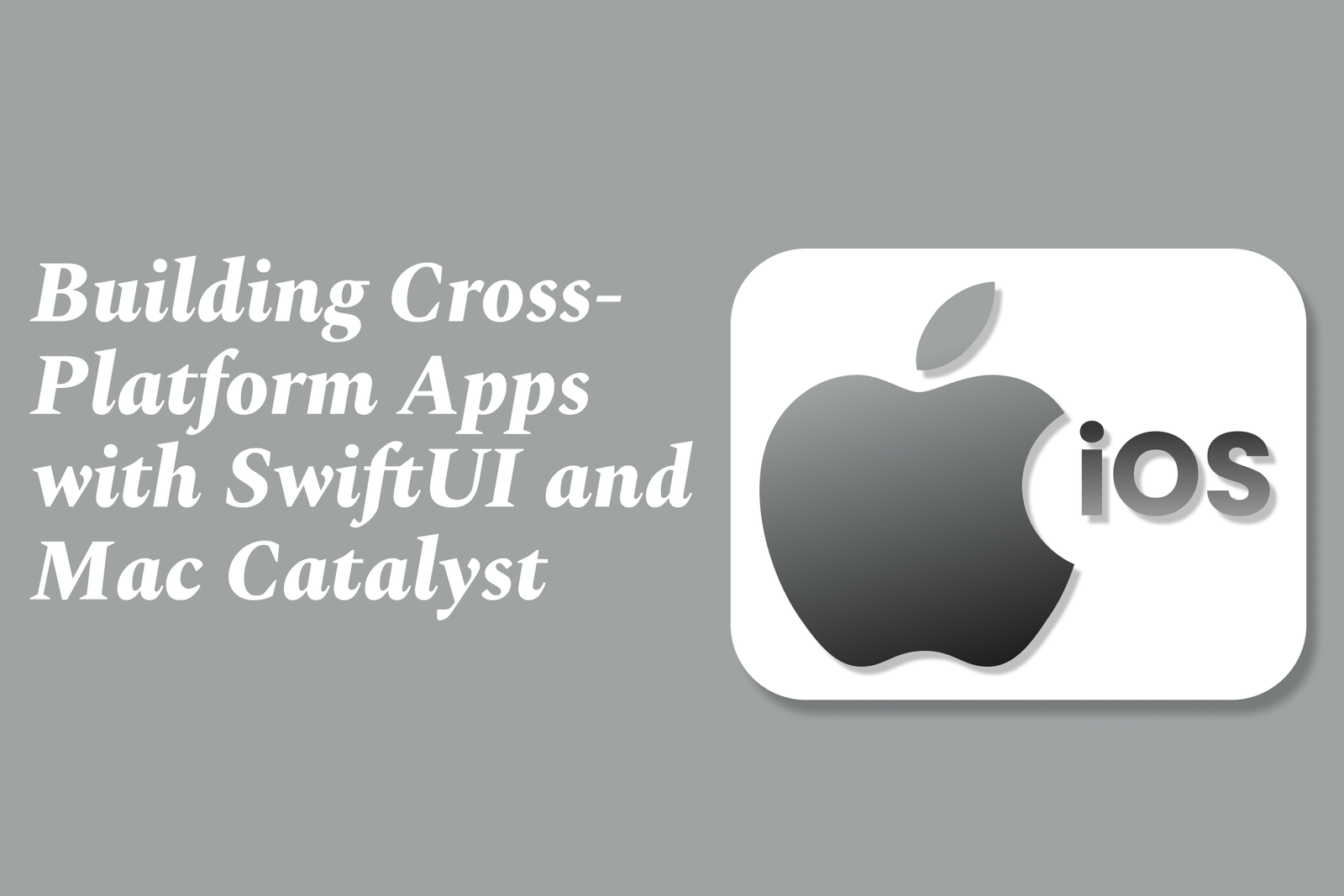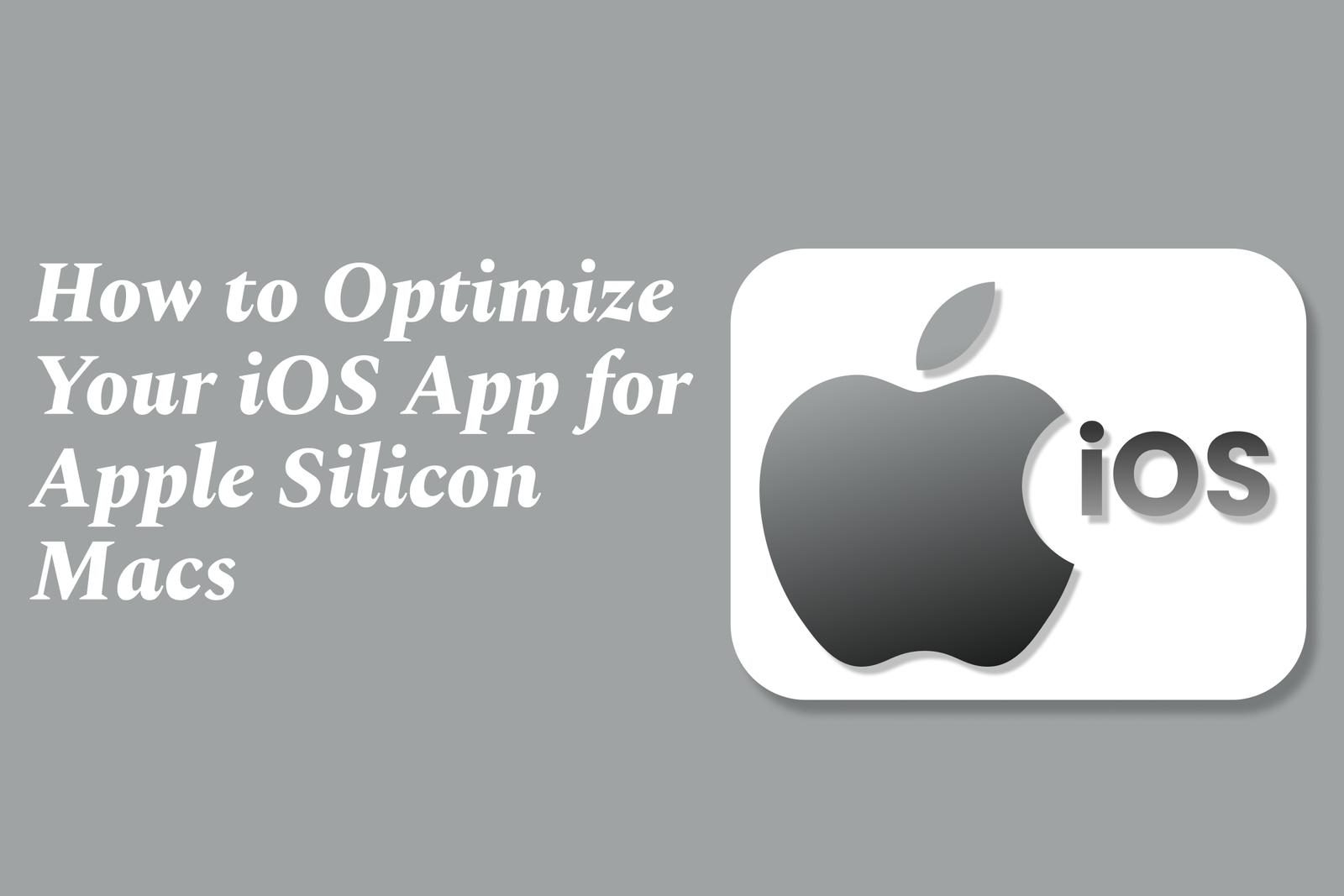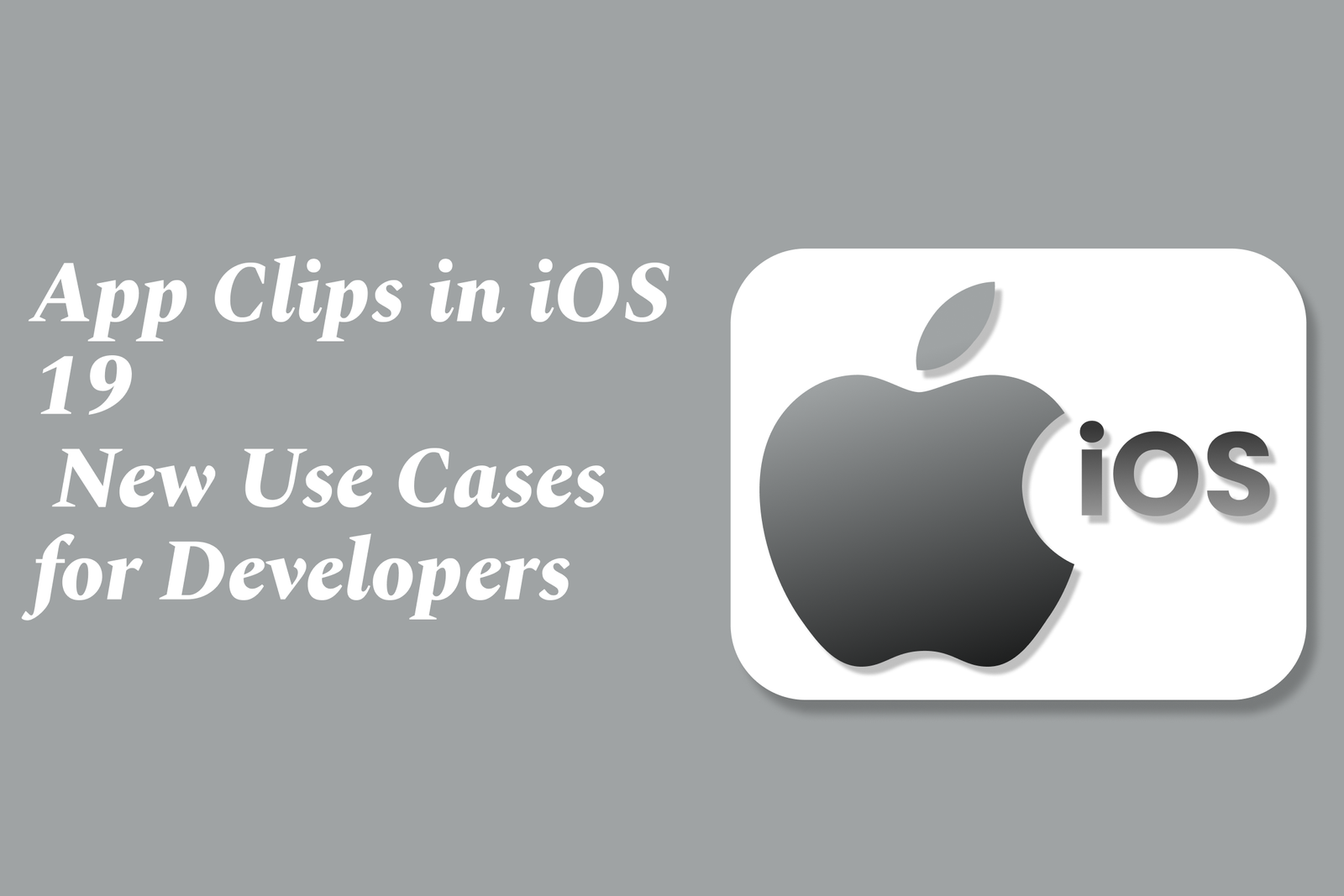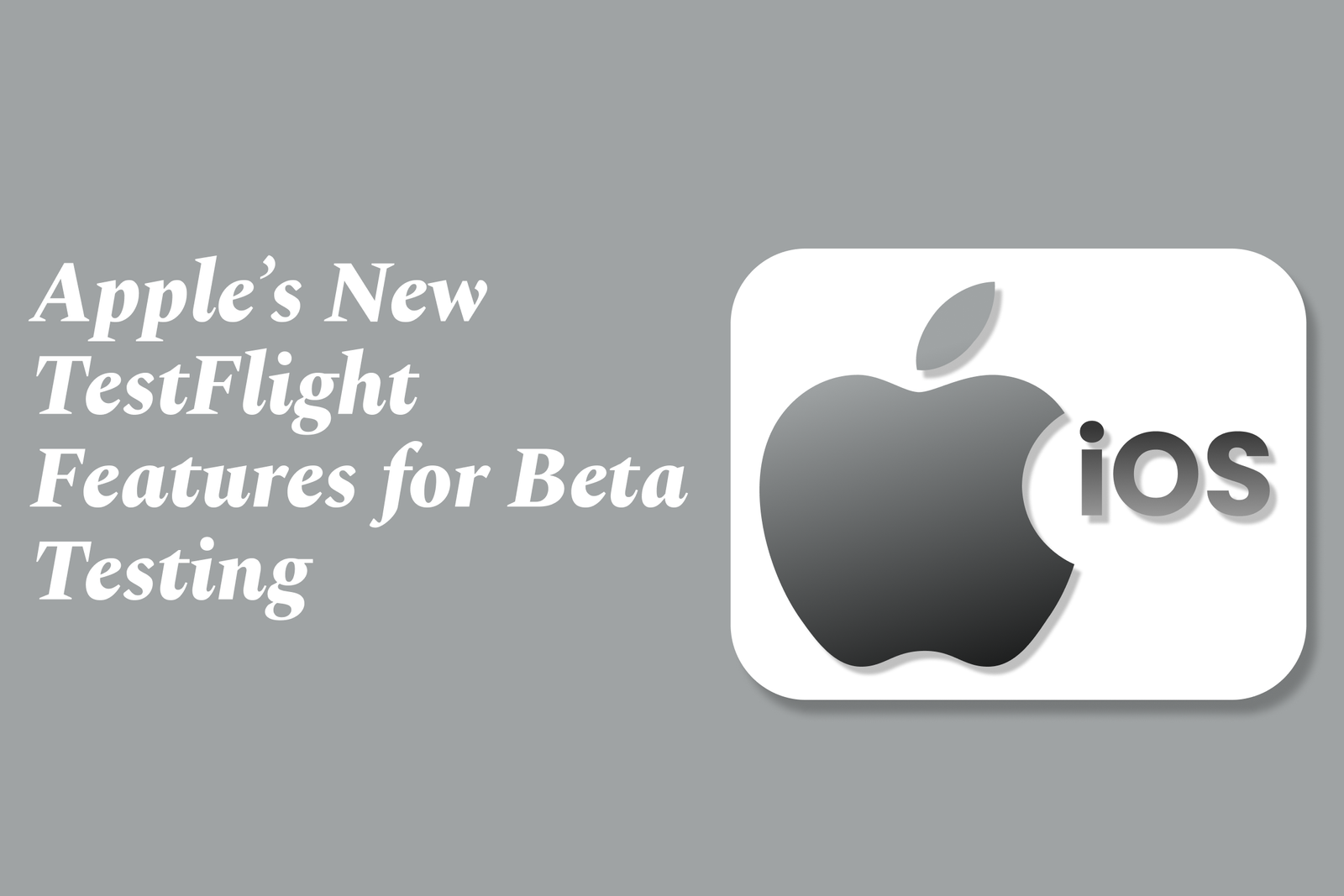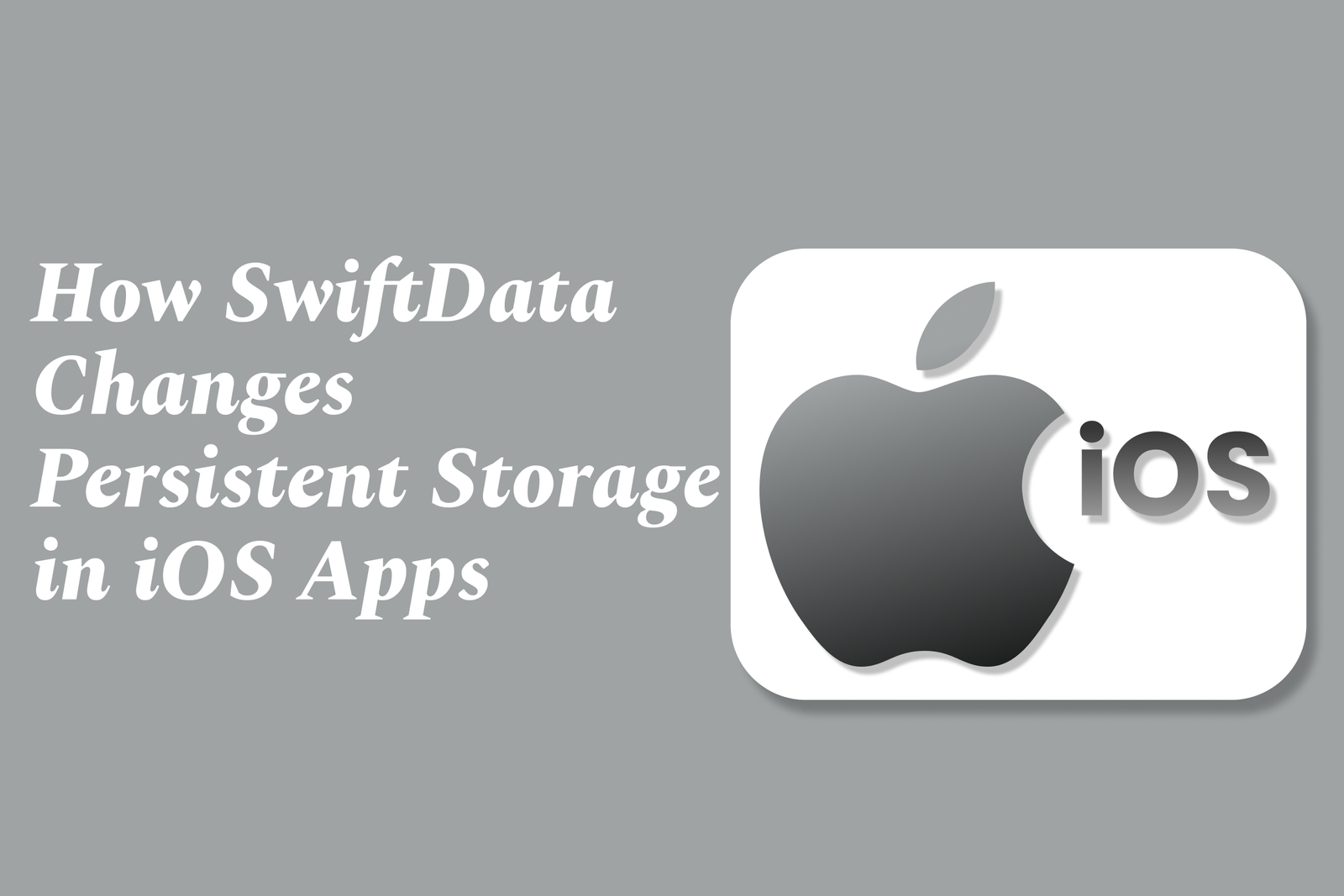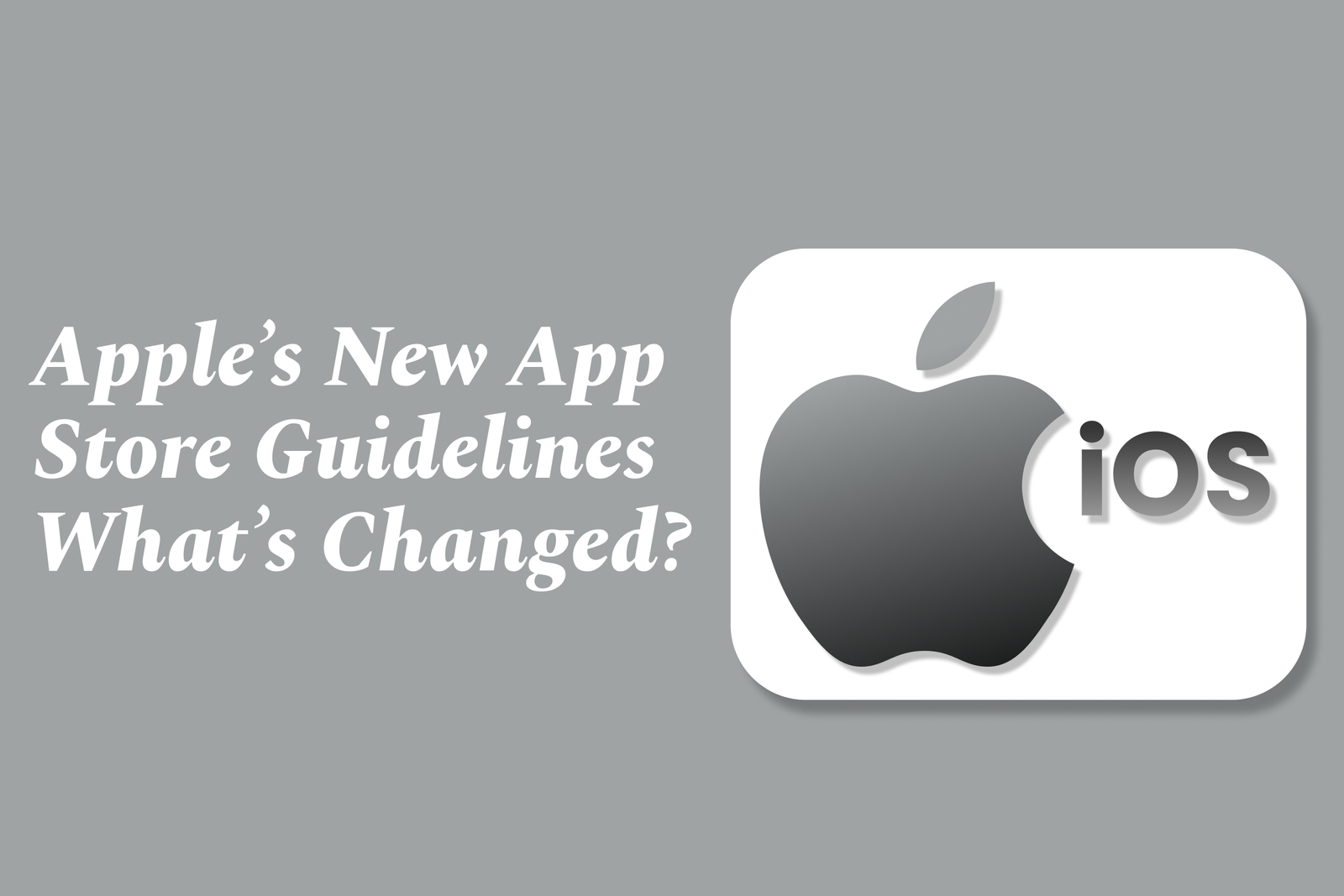Google Android Ecosystem Partnerships
Google Android ecosystem partnerships unite device makers, developers, carriers, and enterprises to build a flexible, secure platform powering billions of devices worldwide. These collaborations drive innovation, expand app access, and enhance user experiences across diverse Android-powered products.
Google Android Ecosystem Partnerships
1 ) Overview of Android Ecosystem Growth
The Android ecosystem supports over 3 billion devices globally, thanks to strong partnerships with manufacturers like Qualcomm, Samsung, Xiaomi, and OnePlus.
Android powers a variety of devices including smartphones, TVs, wearables, and emerging form factors like AR, with AI playing a central role in evolving the consumer experience.
2 ) Contributions of Android and Google Play to the App Economy
Android and Google Play have fueled exponential growth in the global app economy, with 255 billion app downloads in 2022 alone.
The ecosystem allows device manufacturers to use Android free of charge, saving an estimated USD 33 billion in costs, enabling a wide range of affordable devices.
Developers benefit from multiple app stores available on Android, expanding choice and consumer access; 80% of Android users have apps installed from stores outside Google Play.
Google Play grants developers international market access, with up to 79% of revenue from overseas consumers, and supports over 1 )4 million small developers competing globally.
Safety is enhanced through tools like Google Play Protect, which scans 125 billion apps daily to protect users from malicious content.
3 ) Android Enterprise Ecosystem and Partner Types
Android Enterprise incorporates diverse partners, including:
EMM (Enterprise Mobility Management) providers managing device security and deployment.
Device manufacturers producing Android hardware.
Mobility consultancies offering tailored business solutions.
Carriers ensuring connectivity.
Device resellers combining hardware and services.
To help businesses select reliable partners, Google runs programs such as:
Android Enterprise Recommended: identifies devices and services meeting Google’s top enterprise standards, offering extended lifespans and streamlined management.
Android Enterprise Partner Program: certifies partners based on expertise, product excellence, and performance, awarding Silver or Gold badges for trusted service delivery.
Resources such as the Android Enterprise Solutions Directory and Customer Community assist businesses in finding suitable partners based on their specific needs, size, and budget.
4 ) Significance of Partnerships for Innovation and Market Expansion
Partnerships within the Android ecosystem enable rapid innovation, broader device choices, improved security, and global access for developers and consumers.
These collaborations ensure Android remains a flexible, secure, and affordable platform powering diverse experiences across multiple device categories and markets worldwide.
https://justacademy.in/news-detail/why-flutter-developers-are-in-high-demand-in-india
https://justacademy.in/news-detail/android-apps-leveraging-cloud-computing
https://justacademy.in/news-detail/flutter-code-coverage-tools
https://justacademy.in/news-detail/flutter-india-summit-2025:-key-takeaways
https://justacademy.in/news-detail/flutter-vs-swiftui:-ios-devs-take-note
Related Posts
SwiftUI’s new animation APIs enhance flexibility and control, enabling developers to create smoother, more complex animations with improved timing, transitions, and cross-platform support. These updates simplify building dynamic, engaging UIs across Apple’s ecosystem.
iOS 19 Accessibility API updates enhance app inclusivity by offering improved VoiceOver support, advanced gesture recognition, adaptive UI elements, and better integration with assistive devices, enabling developers to create more accessible, user-friendly experiences for everyone.
iOS 19 enhances Dark Mode with deeper blacks, smoother visuals, and improved system consistency. Designers should focus on balanced contrast, readable typography, subtle colors, and seamless Light/Dark transitions to create comfortable, accessible, and visually appealing dark-themed interfaces.
Building cross-platform apps with SwiftUI and Mac Catalyst lets developers create a single codebase that runs seamlessly on iOS, iPadOS, and macOS, combining SwiftUI’s unified UI framework with Mac Catalyst’s ability to bring iPad apps to the Mac efficiently.
Optimizing your iOS app for Apple Silicon Macs involves ensuring native compatibility, adapting the UI for larger screens and input methods, enhancing performance using ARM architecture, leveraging macOS-specific features, and thorough testing to deliver a seamless app experience on Apple’s desktop hardware.
App Clips in iOS 19 are lightweight app modules that launch instantly without full installation, enabling developers to offer quick, context-driven experiences like seamless ordering, payments, and check-ins, enhancing user engagement and boosting app discovery in new real-world scenarios.
Apple’s new TestFlight features simplify beta testing across all Apple devices, enabling developers to easily distribute apps, games, and App Clips to testers without complex setup, supporting automatic updates, device requirements, and broad language options for seamless testing.
iOS 19’s Combine framework update introduces enhanced async handling, improved publisher types, and better integration with SwiftUI, streamlining reactive programming for smoother, more efficient event-driven app development and simplifying asynchronous data flow management.
SwiftData modernizes persistent storage in iOS apps by offering a simpler, Swift-native framework that integrates seamlessly with SwiftUI, reducing boilerplate code and improving data management with declarative syntax, streamlined relationships, and built-in support for cloud syncing.
Apple’s updated App Store Guidelines introduce more detailed age ratings, support alternative app distribution in the EU, and enhance TestFlight beta testing with broader device support and extended testing periods—strengthening app safety, compliance, and developer flexibility.
